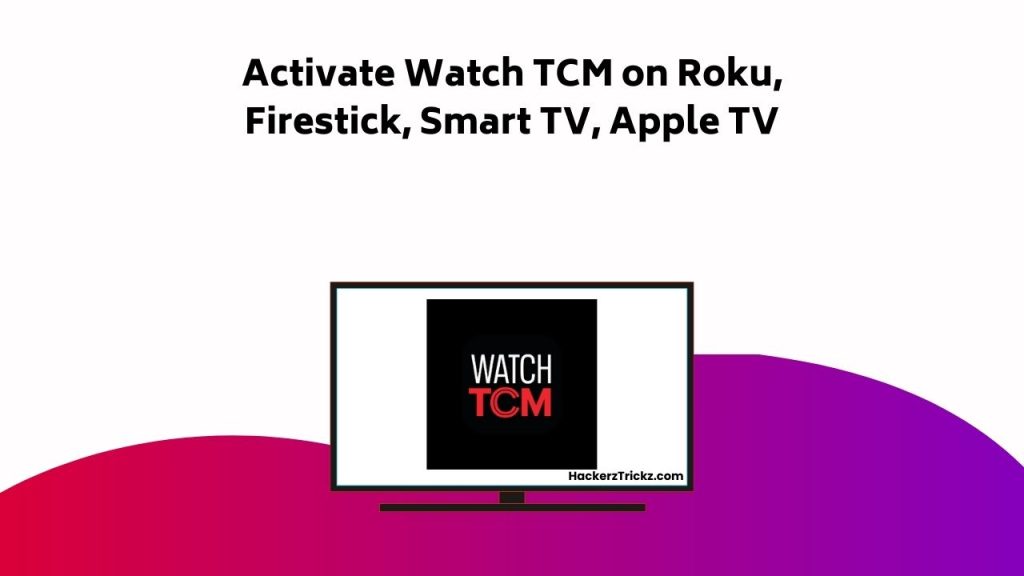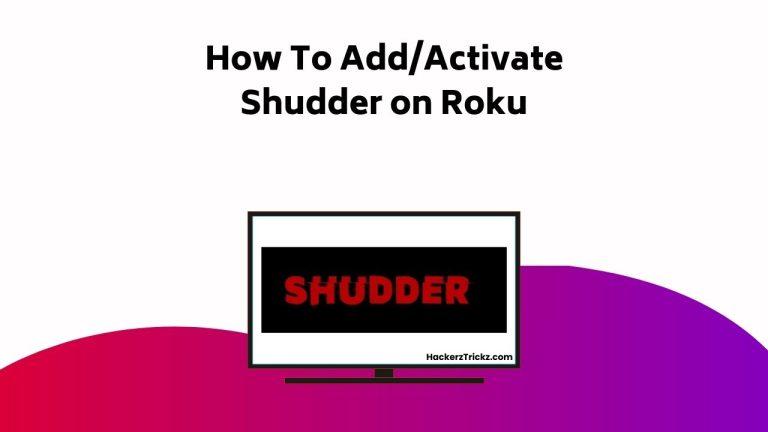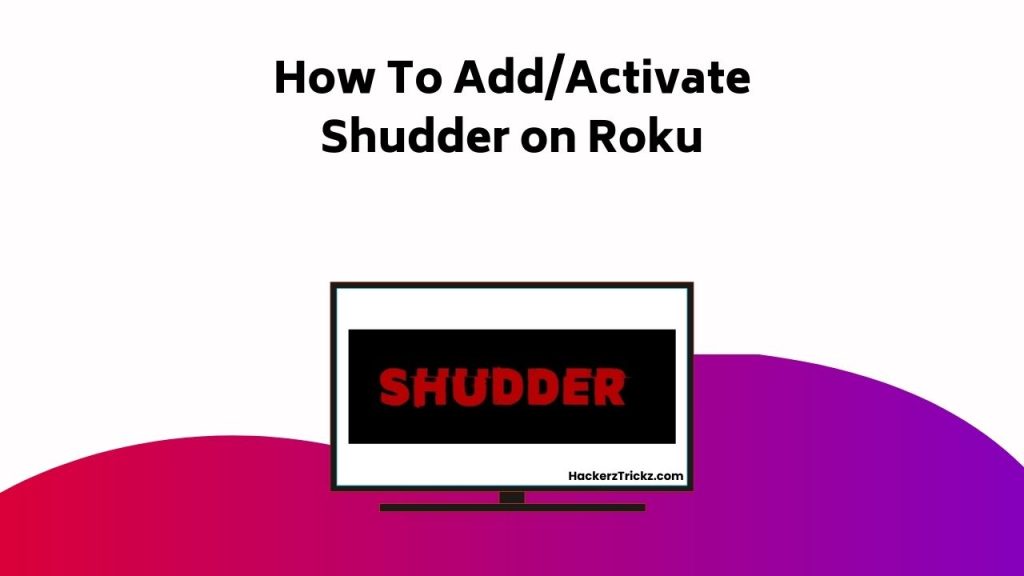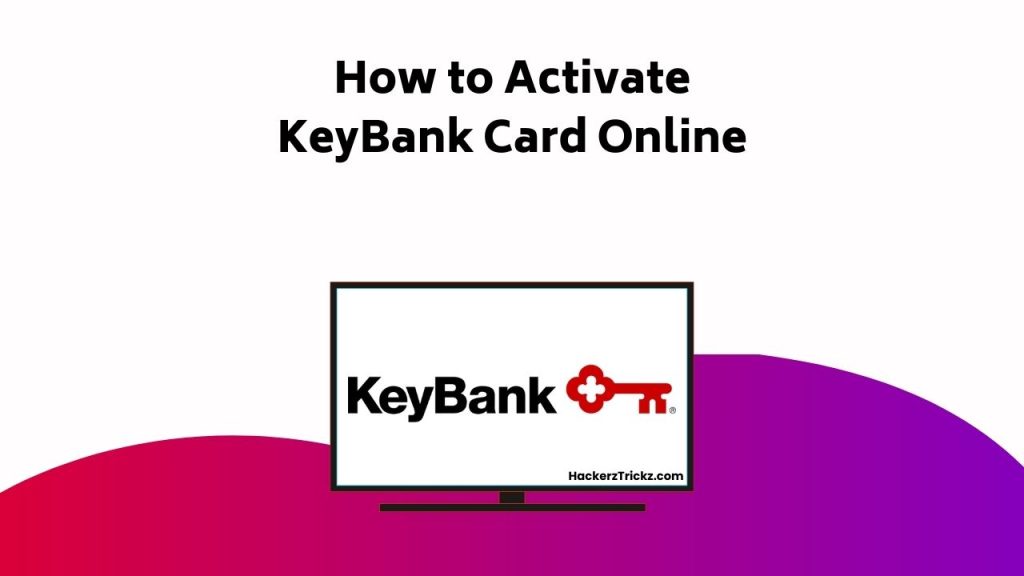To activate your First Premier card at platinumoffer.com/activate, start by visiting mypremiercreditcard.com. Choose the ‘Enroll’ link, then enter your account number and Social Security Number. Click ‘Submit’ to complete the process.
If you encounter any hurdles, don’t hesitate to contact their customer service for assistance.
There are also phone and app activation methods available, and using an ATM machine is an option too. Do keep in mind that further exploring these various methods of activation will offer a more comprehensive guide.

Contents
Key Takeaways
- Visit the website Platinumoffer.com/Activate to begin the First Premier Card activation process.
- Enter your account number and Social Security Number as part of the online activation process.
- Submit the form and patiently wait for the confirmation of your card activation.
- If experiencing difficulty, contact customer service for guidance and assistance.
- For alternative methods, consider activating via the First Premier Bank Mobile App, through a phone call, or at an ATM machine.
Online Card Activation Process
To activate your First Premier Card online, you’ll first need to visit mypremiercreditcard.com and click on the ‘Enroll’ link. Make sure you’re connected to a secure network to minimize online security risks.
Input your account number and Social Security Number, then submit the form. If you encounter any activation troubleshooting issues, don’t hesitate to contact customer service for guidance.
Once activated, your card opens a world of benefits, including reward programs that can earn you points on everyday purchases.
It’s a simple process that grants access to your card’s perks. Always remember, the online activation process isn’t just about getting your card to work; it’s also an important step in protecting your card from potential security threats.
Enjoy your First Premier Card experience with peace of mind and convenience.
Phone and App Activation Methods
If you’re more comfortable with a phone call or prefer the convenience of a mobile app, First Premier Bank offers these easy-to-use activation methods for your card.
For phone activation, simply dial 1-800-987-5521. Have your card and personal details ready, and here’s a featured tip: follow the on-call prompts carefully to avoid errors during the process.
If you’re opting for the mobile app route, download and install the First Premier Bank Mobile App. Enter the required details to activate your card. This process is powered by secure technology to protect your information. If you encounter any issues, check the app’s help section for activation troubleshooting guidance.
Remember, accurate entry of your details is the key to success. Whether you’re managing your card from a phone, tablet, or even monitoring account updates while streaming on an OTT platform through a Smart TV, First Premier Bank makes activation and management simple and secure.
ATM Machine and Comprehensive Guide
While phone and app methods have their perks, activating your First Premier Card at an ATM machine presents another reliable option. This process is straightforward and efficient. However, you may encounter issues like ATM troubleshooting and activation troubleshooting.
Here’s a brief guide:
- Insert your card into the ATM and follow the prompts
- Enter your PIN, ensuring PIN security
- Select the ‘Card Activation’ option
In case of issues, don’t hesitate to contact customer service for help. If your card is damaged or lost, request a card replacement immediately.
Conclusion
That’s it! You’ve sailed through the activation process smoother than a hot knife through butter. Your First Premier Card is now ready to access a world of financial freedom.
Remember, if you run into any trouble, platinumoffer.com/activate is there to lend a hand. With your card activated, you’re all set to enjoy the benefits it offers.
So, go ahead, swipe with confidence and enjoy your financial journey with First Premier Bank Card.



















